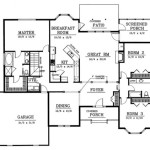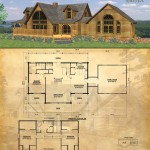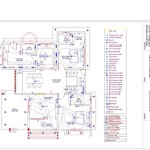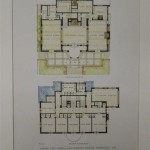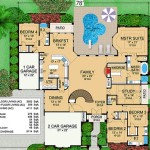Economical House Plans: Essential Aspects for Value-Conscious Homeowners
Building a home can be an exciting yet daunting task, especially when it comes to managing costs. However, it's possible to achieve your dream home within a budget by considering economical house plans. These plans present smart and efficient designs that prioritize functionality, reduce construction expenses, and deliver long-term value.
Here are some essential aspects to consider when exploring economical house plans:
1. Simple and Compact Design
One key aspect of economical house plans is their simplicity and compactness. By opting for a straightforward layout with fewer rooms and a smaller footprint, you can significantly reduce construction costs associated with materials, labor, and finishing. A well-designed compact home can provide adequate living space while eliminating unnecessary square footage and expenses.
2. Energy Efficiency
Incorporating energy-efficient features into your house plan can save you money on utility bills in the long run. Consider features such as energy-star appliances, double-paned windows, and proper insulation to minimize energy consumption. These measures may require an upfront investment but will pay off over time by reducing your energy expenses.
3. Low-Maintenance Materials
Choosing low-maintenance materials for your home's exterior and interior can save you time, money, and effort in the future. Materials like fiber cement siding, composite decking, and durable flooring options require minimal upkeep and repairs compared to traditional materials like wood or carpets.
4. Space Planning
Efficient space planning is crucial in economical house plans. By utilizing every inch of available space wisely, you can minimize overall square footage without compromising on functionality. Consider multi-purpose rooms, built-in storage solutions, and clever space-saving ideas to maximize the usability of your home.
5. Smart Design Features
Incorporating smart design features into your house plan can enhance its functionality and value. For instance, consider open floor plans that create a spacious and inviting atmosphere while reducing the need for separate rooms. Large windows and skylights can bring in natural light, reducing energy costs and enhancing the overall ambiance of your home.
6. Sustainable Construction
Although sustainable construction may involve higher upfront costs, it offers long-term savings and environmental benefits. Consider using eco-friendly materials, optimizing insulation, and implementing energy-efficient systems to reduce your home's carbon footprint. Sustainable construction practices can also qualify you for tax incentives and increase the resale value of your home.
7. Local Expertise
Partnering with a local architect or home builder who understands the local climate and building codes is essential. They can provide valuable insights into cost-effective design solutions and material choices that align with your specific needs and budget.
By thoughtfully considering these aspects, you can create an economical house plan that meets your functional requirements, aligns with your financial constraints, and provides a comfortable and sustainable living environment. Remember, building a budget-friendly home does not mean compromising on quality or style; it's about making smart choices and maximizing value.

Affordable House Plans Our Est To Build Blog Homeplans Com

Affordable House Plans Our Est To Build Blog Homeplans Com
What Is The Est Type Of House To Build Blog Floorplans Com

Est House Plans To Build Simple With Style Blog Eplans Com

Est House Plans To Build Simple With Style Blog Eplans Com

Building On The Affordable House Plans Of 2024 Houseplans Blog Com

Building On The Affordable House Plans Of 2024 Houseplans Blog Com

Affordable House Plans Our Est To Build Blog Homeplans Com

Est House Plans To Build Simple With Style Blog Eplans Com

Est House Plans To Build Simple With Style Blog Eplans Com

